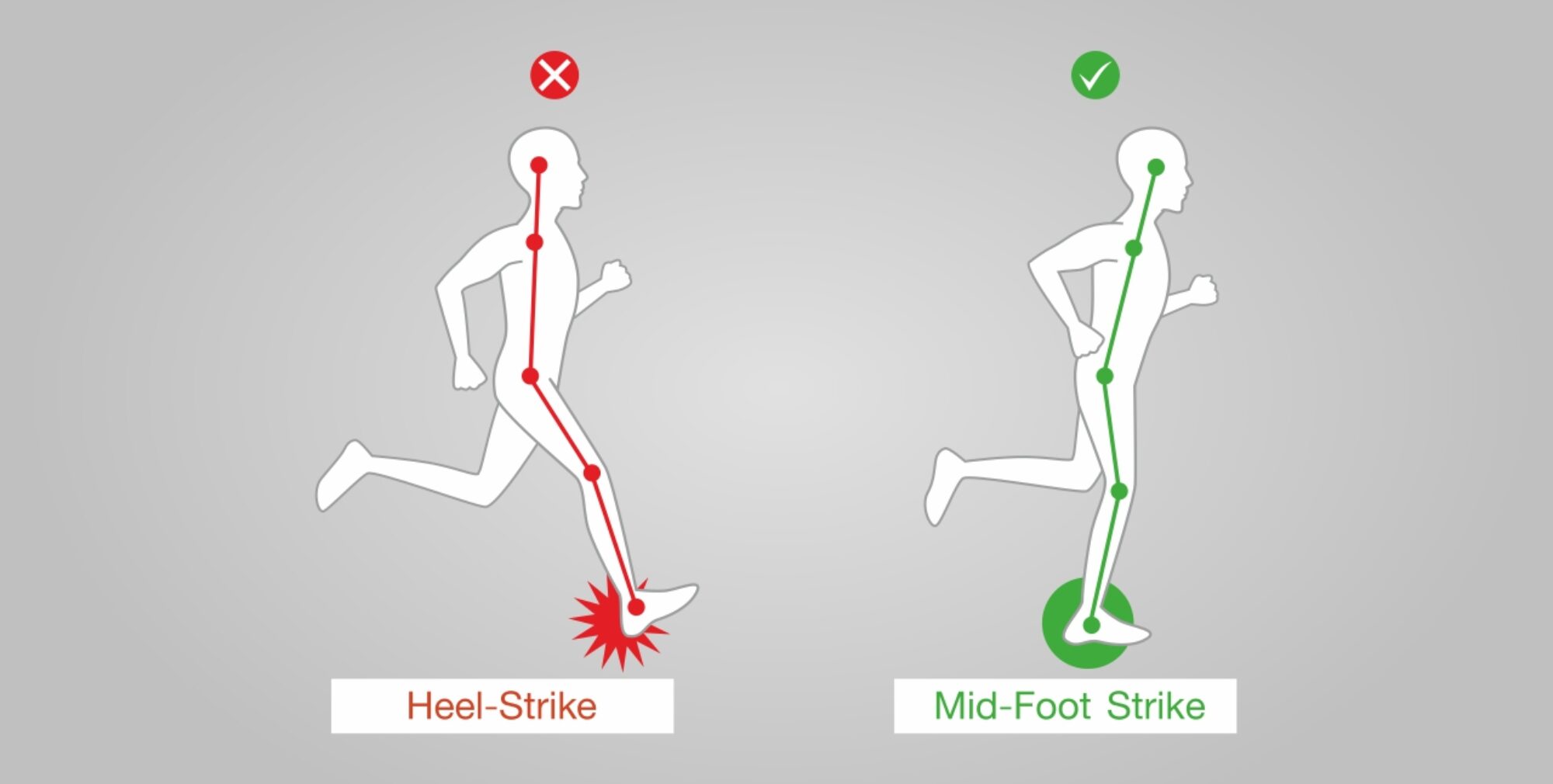The human foot is a complex and fascinating structure, composed of 26 bones, 33 joints, and over 100 muscles, ligaments, and tendons. It is responsible for supporting our body weight, providing propulsion during movement, and absorbing impact. For runners, the foot is especially important, as it plays a vital role in running performance and injury prevention.
The anatomy of the foot
The foot can be divided into three main sections: the forefoot, the midfoot, and the rearfoot. The forefoot contains the five toes and the metatarsals, which are the long bones that connect the toes to the midfoot. The midfoot is made up of the tarsal bones, which are seven small bones that articulate with the metatarsals and the rearfoot bones. The rearfoot contains the talus and calcaneus, which are the two largest bones in the foot.
The function of the foot
The foot has a number of important functions, including:
- Supporting body weight: The foot bears the full weight of the body when we are standing or walking. The arches of the foot help to distribute this weight evenly and prevent the foot from collapsing.
- Providing propulsion: The foot is responsible for propelling the body forward during movement. The muscles of the foot work together to contract and relax, creating a lever system that allows the foot to push off the ground.
- Absorbing impact: The foot absorbs the impact of our body weight hitting the ground when we run or walk. This helps to protect our joints from injury.

The foot and running
For runners, the foot plays an especially important role. The foot is responsible for absorbing the impact of each step, providing propulsion, and maintaining stability. A healthy foot is essential for running performance and injury prevention.
Common foot problems in runners
Some of the most common foot problems in runners include:
- Plantar fasciitis: Plantar fasciitis is an inflammation of the plantar fascia, which is a thick band of tissue that runs along the bottom of the foot. It is often caused by overuse or repetitive stress.
- Shin splints: Shin splints are a pain along the inner edge of the shinbone. They are often caused by overuse or improper footwear.
- Stress fractures: Stress fractures are small cracks in the bones of the foot. They are often caused by overuse or repetitive stress.
- Achilles tendinitis: Achilles tendinitis is an inflammation of the Achilles tendon, which is the tendon that connects the calf muscle to the heel bone. It is often caused by overuse or repetitive stress.
Preventing foot injuries in runners
There are a number of things that runners can do to prevent foot injuries, including:
- Wearing proper footwear: It is important to wear shoes that fit well and provide adequate support for the foot.
- Warming up before running: Warming up helps to prepare the body for running and reduce the risk of injury.
- Cooling down after running: Cooling down helps the body to recover from running and reduces the risk of injury.
- Listening to your body: If you experience any pain in your feet, stop running and rest.

Understanding your foot type
Understanding your foot type can help you to choose the right shoes and avoid injuries. There are three main types of feet:
- Flat feet: Flat feet have low arches.
- High-arched feet: High-arched feet have high arches.
- Normal feet: Normal feet have moderate arches.
If you are unsure of your foot type, you can ask a running store employee for help.
The human foot is a complex and fascinating structure that plays a vital role in running performance and injury prevention. By understanding the anatomy and function of the foot, runners can take steps to prevent injuries and improve their performance.

